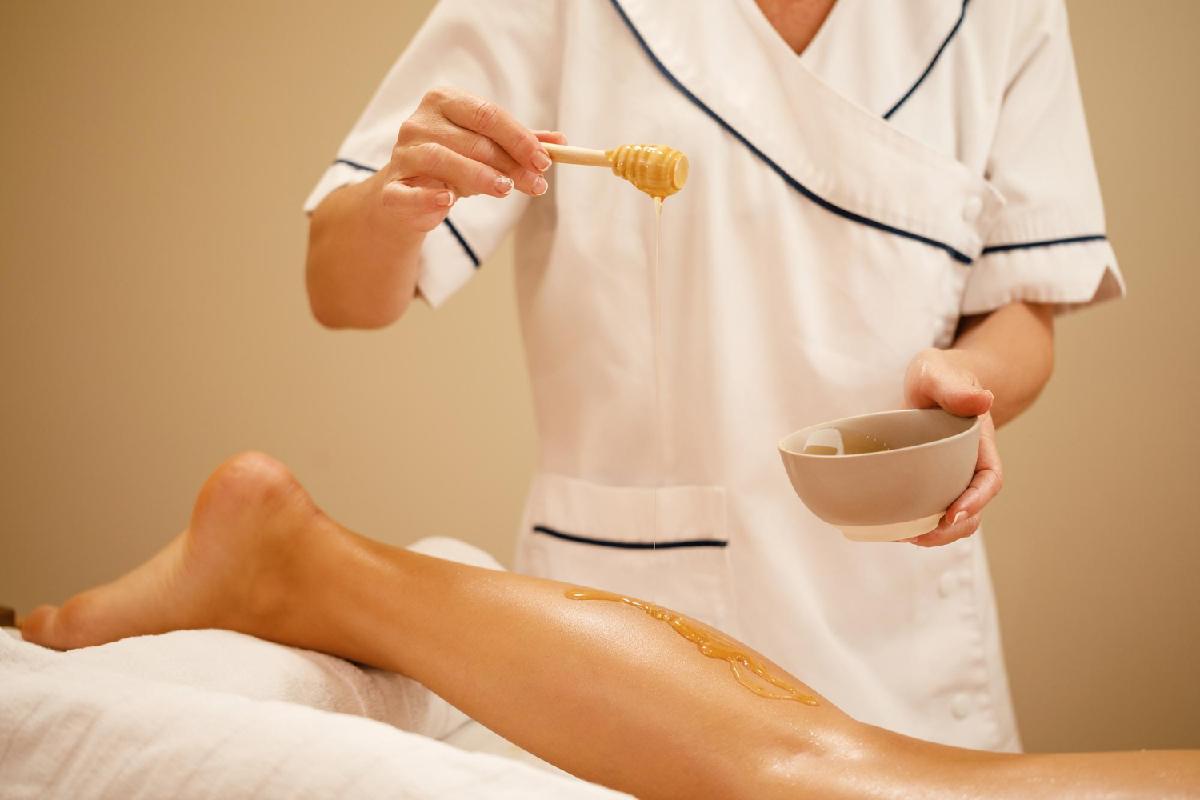Table of Contents
About
Hard wax is less aching on the face than soft wax.
And also, hard wax can only stay applied to small areas or break down – not efficient for larger body areas like legs.
Hard wax leaves no sticky residue.
It is much easier to clean.
It grabs shorter hairs, eliminating the need to apply to the same area twice.
When using hard wax, the hair sacs and pores open up in the heat, making hair removal much more comfortable.
There are a wide diversity of different types of waxes on the market for hair removal.
But mainly, we will distinguish two differentiated groups: hard wax and soft wax.
Soft wax is the most widely known, and most people use it to depilate most body areas.
It is heated to high temperatures and spread using a stick a spatula along the skin’s surface.
On the other hand, is something different from what we are used to.
It is a much thicker product applied at temperatures much closer to body temperatures, about 36 ° to 37 ° and whose use is explicitly based on sensitive areas easily irritated.
What is it For and Against of Hard Wax?
- It is less painful than soft wax
- However, it can only remain applied in small areas since the more it spreads, the greater the risk of breaking. It is not suitable for waxing large areas such as the legs.
- It does not leave a sticky residue, as with soft wax, and it is also much easier to clean.
- This is capable of adhering and grasping the shorter hairs without having to carry out the same treatment twice in the same area.
- These benefits have a significantly more expensive economic cost.
- The pores and hair follicles opened by the action of heat, allowing their extraction to be much more comfortable.
What are the Dos AND Don’ts of Hard Wax?
Do’s
Please wait until your hair is at least a quarter-inch long, as this makes it easier to grip the hair.
Take decent care of your skin, using an everyday moisturizer that contains sunscreen and exfoliating before waxing.
Consider applying baby powder before waxing.
Absorbs excess moisture after a smoother wax job.
Test in an inconspicuous place before covering a large part of your form with it.
Talk to your medic if you have any medical or skin conditions that waxing can worsen.
Apply in hair growth, as this makes it easy to get every last strand lost.
Apply some pressure to the skin immediately after waxing.
It relieves pain and helps reduce irritation.
A warm compress can feel especially good.
Apply an even layer of the skin.
Do not stretch the product beyond what it designed to be by applying small drops everywhere; you will end up with irritated and rough skin.
Remove any loose hairs with tweezers.
It ensures that these loose strands grow back at roughly the same rate as the hair you locked into oblivion.
Don’ts
The same area various times in a single waxing session.
Even the best waxes irritate the skin if applied over and over again.
Remove hair from broken, irritated, or damaged skin.
Shave between wax jobs.
It only prolongs the wait for the stubble to reach long enough to irritate your skin over time.
Ignore the wax instructions.
If you use Vidasleek or another product, overheating the wax, using dry wax, or otherwise discarding the instructions can make everything messy.
Use different brands or dissimilar types of waxes.
When waxes mix, they can irritate your skin, and you can end up with a mess on top of the irritation.

